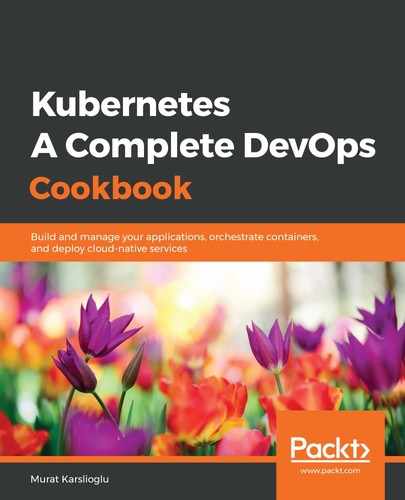This recipe showed you how to quickly provision a GKE cluster using some default parameters.
In Step 1, we created a cluster with some default parameters. While all of the parameters are very important, I want to explain some of them here.
--cluster-version sets the Kubernetes version to use for the master and nodes. Only use it if you want to use a version that's different from the default. To get the available version information, you can use the gcloud container get-server-config command.
We set the instance type by using the --machine-type parameter. If it's not set, the default is n1-standard-1. To get the list of predefined types, you can use the gcloud compute machine-types list command.
The default image type is COS, but my personal preference is Ubuntu, so I used --image-type UBUNTU to set the OS image to UBUNTU. If this isn't set, the server picks the default image type, that is, COS. To get the list of available image types, you can use the gcloud container get-server-config command.
GKE offers advanced cluster management features and comes with the automatic scaling of node instances, auto-upgrade, and auto-repair to maintain node availability. --enable-autoupgrade enables the GKE auto-upgrade feature for cluster nodes and --enable-autorepair enables the automatic repair feature, which is started at the time defined with the --maintenance-window parameter. The time that's set here is the UTC time zone and must be in HH:MM format.
